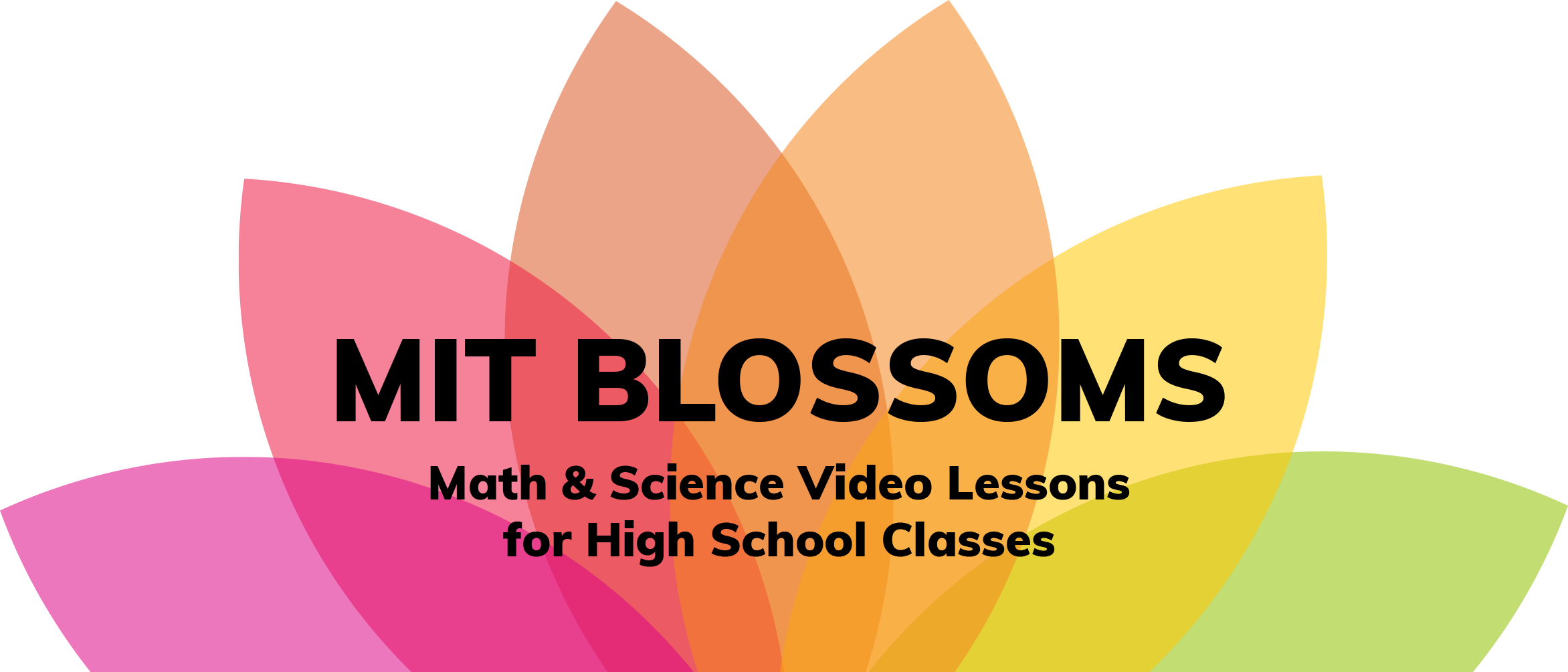The topic of this video module is how to classify animals based on how closely related they are. The main learning objective is that students will learn how to make phylogenetic trees based on both physical characteristics and on DNA sequence. Students will also learn why the objective and quantitative nature of DNA sequencing is preferable when it come to classifying animals based on how closely related they are. Knowledge prerequisites to this lesson include that students have some understanding of what DNA is and that they have a familiarity with the base-pairing rules and with writing a DNA sequence. However, these topics are covered briefly in the lesson. All necessary hand-outs and worksheets are downloadable in Word and PDF formats, and materials needed for the lesson are only paper and pen/pencil. The types of in-class activities for this lesson include creating phylogenetic trees, calculating pair-wise differences of the gene sequences of 10 animals, and group discussions. This learning video also includes a lesson extension for teachers and students with access to a computer and the Internet. (See Teacher Guide segment) This extension introduces teachers to free online software that will allow students to use the program written by scientists to examine the hundreds and thousands of letters of the DNA sequences of mammals, count the pair-wise differences and make phylogenetic trees.



